Car maintenance is akin to the threads that hold the fabric of a grand tapestry. If ignored, the whole piece will crumble someday. Yet, in the hustle of daily life, many fall prey to the “7 Deadly Sins” of auto servicing, unwitting omissions that can transform a reliable steed into a costly conundrum.
As requested, today we offer you a guide that goes beyond simply highlighting these pitfalls; it offers salvation through prevention, ensuring your chariot remains steadfast on its journey.
Today’s Focus of Attention is reader-supported. We sometimes include products we think are useful for our readers. If you buy through links on this page, we may earn a small commission.
7 Deadly Sins of Car Maintenance
Here’s our list of the seven iniquities that must be dodged like the plague.
1- Neglecting Regular Oil Changes
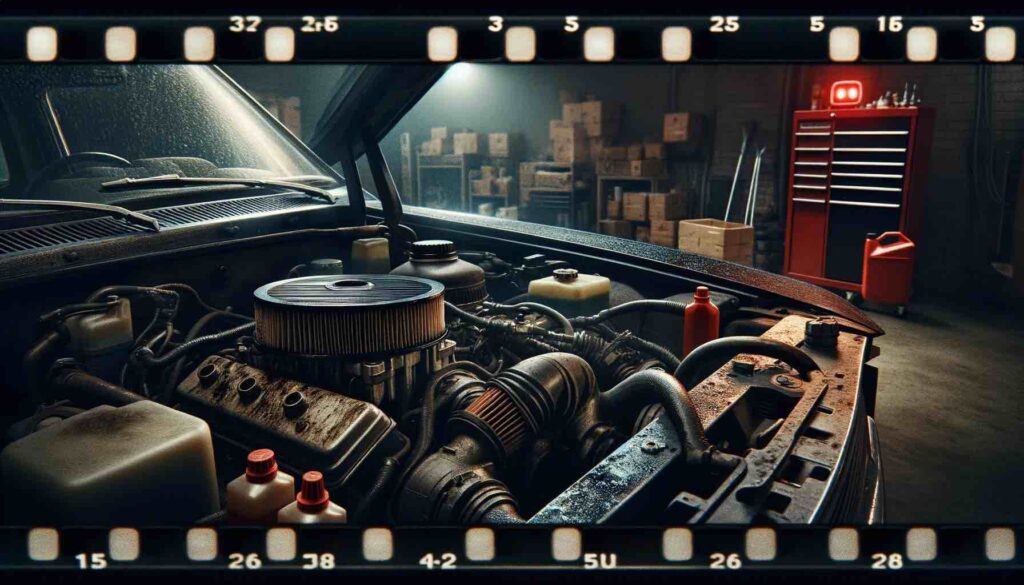
Oil, the lifeblood of your engine, does more than lubricate; it cools, cleans, and protects. Forsake its periodic change, and you invite the gremlins of wear, overheating, and eventual apocalypse.
The frequency for oil changes varies depending on the model of the vehicle, the type of oil, and driving conditions.
In older vehicles, manufacturers recommend draining and refilling the oil every 5,000 kilometres. In modern cars, the suggestion is a consistent oil maintenance at intervals of 8,000 to 12,000 km. But if the car uses full-synthetic oil, the distance between services could be as long as 24,000 km.
In cases of severe driving weather, dusty roads, or towing heavy loads, the oil change is more frequent.
Salvation lies in adhering to the vehicle’s sanctified lubricant replacement schedule, a ritual best found in the holy scripture of your owner’s manual.
When was the last time you checked your car’s oil?
2- Ignoring Tyre Condition and Pressure
Tyres, your vehicle’s sole contact with the earthly realm, demand respect.
To overlook their right pressure and general integrity is to flirt with the demons of poor handling, treacherous braking, and the spectre of blowouts.
Check the PSI every two weeks using a gauge when the tyres are cool to have an accurate reading. You can find the correct pressure for both the front and rear tyres in the owner’s manual or on a sticker or placard located on the driver’s side door jamb (the area where the door latches when closed), the glove box door, or the fuel filler door.
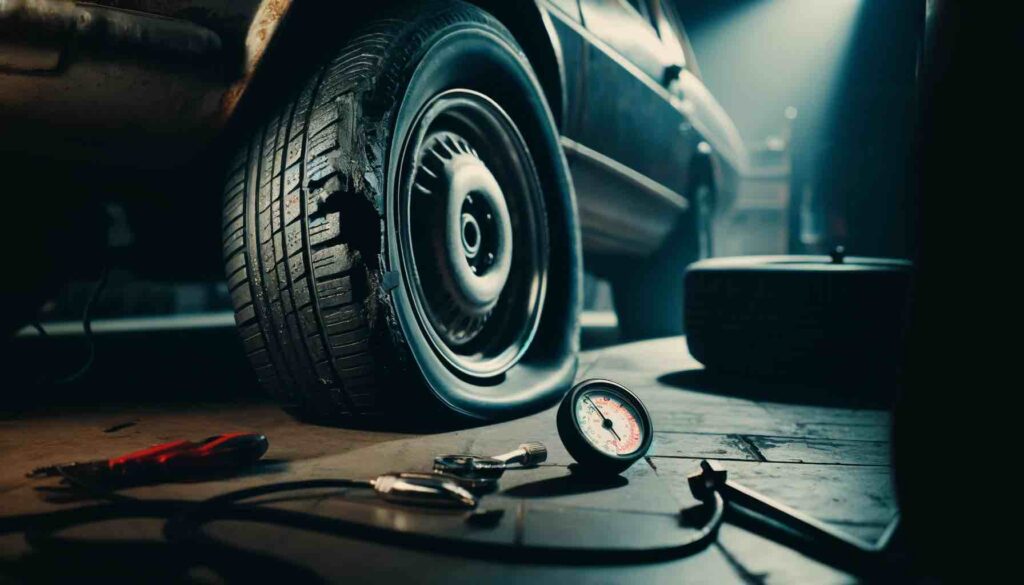
Also, verify the state of the tread patterns and their depth. If you notice irregular wear, check these points:
Tire Wear Patterns and Causes
| Wear Pattern | Possible Cause |
|---|---|
| Centre Wear | Overinflation |
| Side Wear | Underinflation |
| One-Sided Wear | Wheel Alignment Issue |
| Patchy Deterioration | Tyres Out of Balance |
| Cupped Wear or Diagonal Scallops | Suspension Problem (Shock Absorbers) |
| General Wear | Consider Rotating Tyres (Every 8,000 to 15,000 km) |
| Cuts, Bulges, or Lost Wheel Weights | Damage – Check and Repair/Replace as Needed |
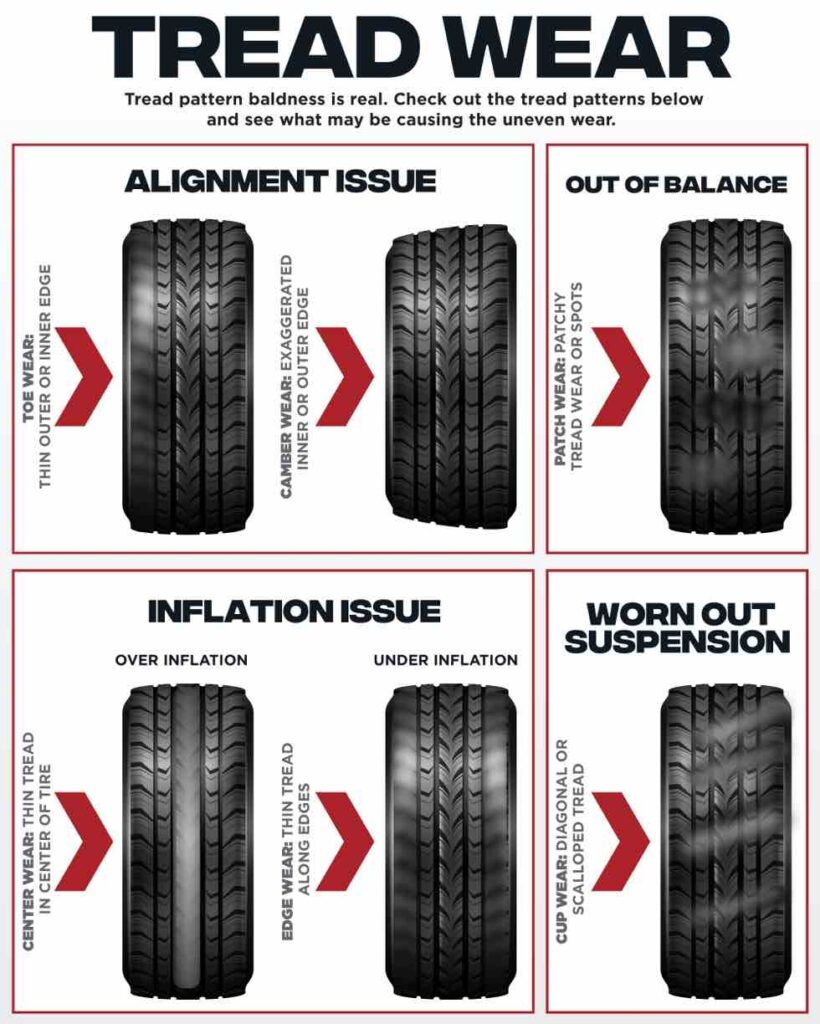
Regarding replacement, tyres should be replaced after six years, regardless of odometer reading, because the rubber compounds degrade over time, which can lead to reduced performance and security.
However, if you drive on rough roads with potholes, sharp turns, or gravel, you may need to replace them more often due to increased wear and potential damage.
3- Delaying Brake Maintenance
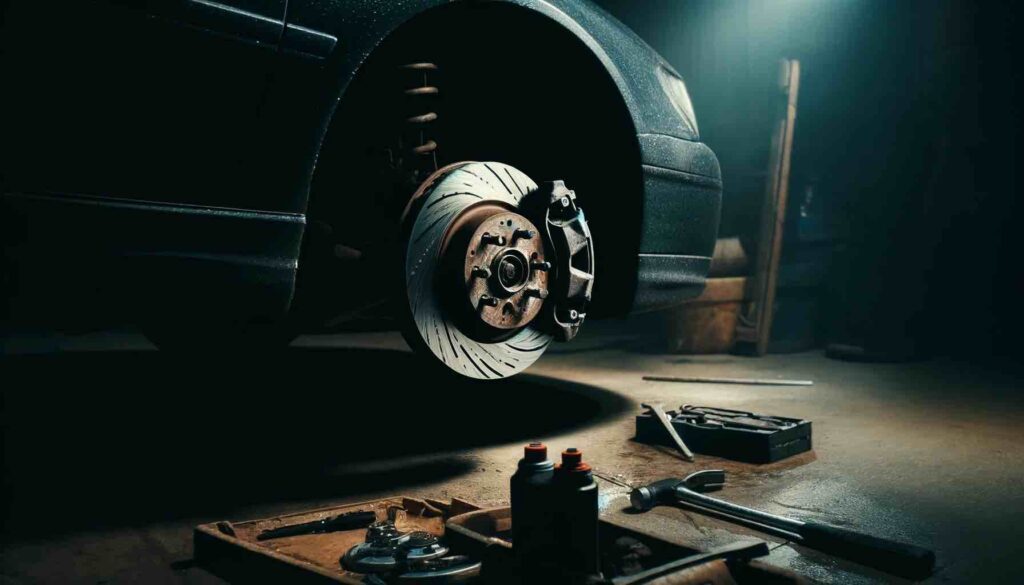
Worn pads, rotors, or depleted fluids compromise the very essence of safety, transforming your vehicle into an uncontrollable beast.
On a regular basis, brake pad replacement falls between 40,000 and 110,000 kilometres, but it depends on driving habits, the version of the vehicle, and the quality of the pads. Here are a few general rules:
City Driving
For cars driven in urban areas with continual stopping and starting, replace your pads every 65,000 km.
Highway Driving
It would be between 95,000 and 130,000 km.
Brake Pad Material
Organic pads wear out faster, while metallic or semi-metallic pads are more durable but may be noisier and cause more friction on rotors.
Ceramic pads offer the longest lifespan and superior stopping force but are more expensive.
Heed the harbingers of wear – squeaks, vibrations, and grinds – and seek sanctuary in regular inspections.
4- Skipping Fluid Checks
Your car thrives on a cocktail of vital liquids, each serving its sacred purpose.
Essential car fluids to check include transmission, brake, power steering, engine coolant, windscreen washer, air conditioner refrigerant, and differential/transfer case fluid (for 4WD vehicles). To neglect them is to invite decay and destruction.
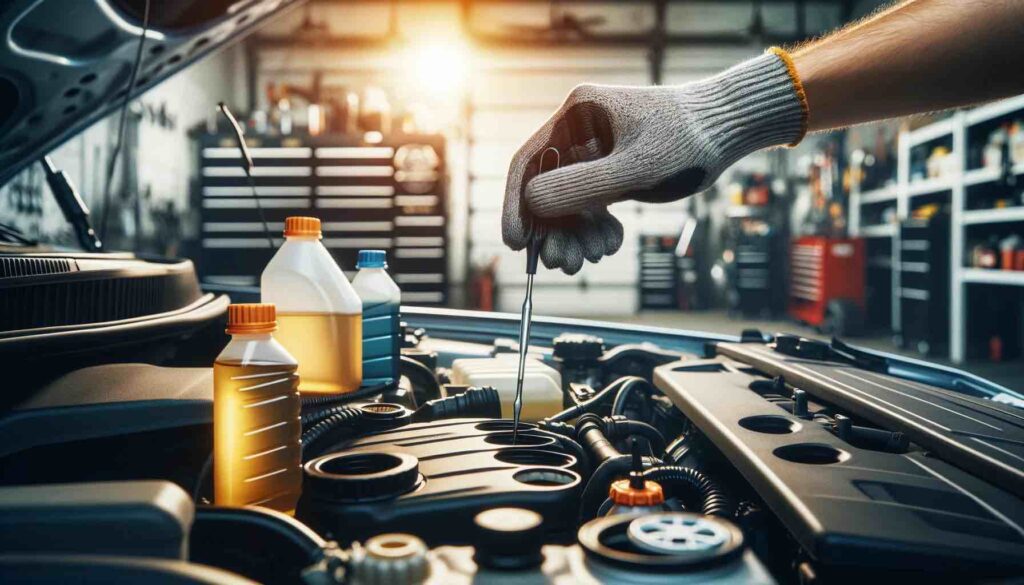
Here are some recommendations:
Car Maintenance Schedule
| Fluid/System | Check Interval | Replacement Interval |
|---|---|---|
| Transmission Fluid | Monthly | 95,000 km or as recommended by manufacturer |
| Brake Fluid | Bi-annually or every 15,000 km | Bi-annually |
| Power Steering Fluid | Monthly | 80,000 km |
| Engine Coolant | Every 6 months | 50,000 km or every 3 years |
| Windscreen Washer Fluid | As needed | N/A |
| Air Conditioner Refrigerant | During regular service or when cooling decreases | N/A |
| Differential/Transfer Case Fluid | Between 30,000 and 50,000 km | According to vehicle’s maintenance schedule |
Embark on a pilgrimage of preventive care, learn the rites of basic fluid checks, or trust this sacred task to your mechanic during regular services.
5- Disregarding Warning Lights
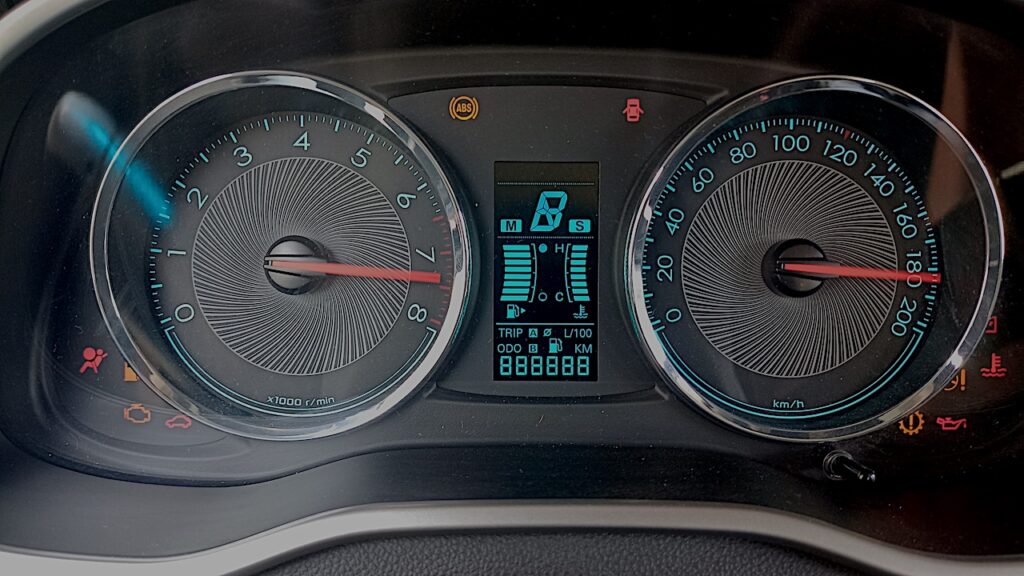
Dashboard warning lights illuminate the path to early intervention, serving as a beacon against escalating damage.
Signals to be aware of are brakes, engine, airbag, power steering, temperature, oil, battery, tyre pressure, and anti-lock brake system (ABS). To ignore these luminary signs is to wander blindly into the abyss.
These are their meanings:
Car Warning Light Meanings
| Warning Light | Possible Issues |
|---|---|
| Brakes | Parking brake on, ABS fault, or low brake fluid |
| Engine | Loose gas cap, serious engine failure (consult manual for specifics) |
| Airbag | Malfunctioning airbag(s) |
| Power Steering | Steering may become difficult to turn |
| Temperature | Engine overheating – Park, check coolant, let engine cool |
| Oil | Low oil pressure – Stop and check oil level immediately |
| Battery | Failing battery, alternator, or electrical system issue |
| Tyre Pressure | One or more tyres have low pressure |
| ABS | Anti-lock braking system disabled |
6- Forgetting the Timing Belt Replacement
If severed, the timing belt unleashes chaos, rendering your noble engine a ruinous heap.
The most common interval for changing the engine’s timekeeper is between 60,000 and 100,000 km. However, this varies depending on the car’s model.
Some manufacturers suggest replacing it based on the age of the car, such as every 6 to 10 years, regardless of distance travelled. Your only defence is to abide by the manufacturer’s prescribed divine interval of replacement.

7- Letting Rust Take Over
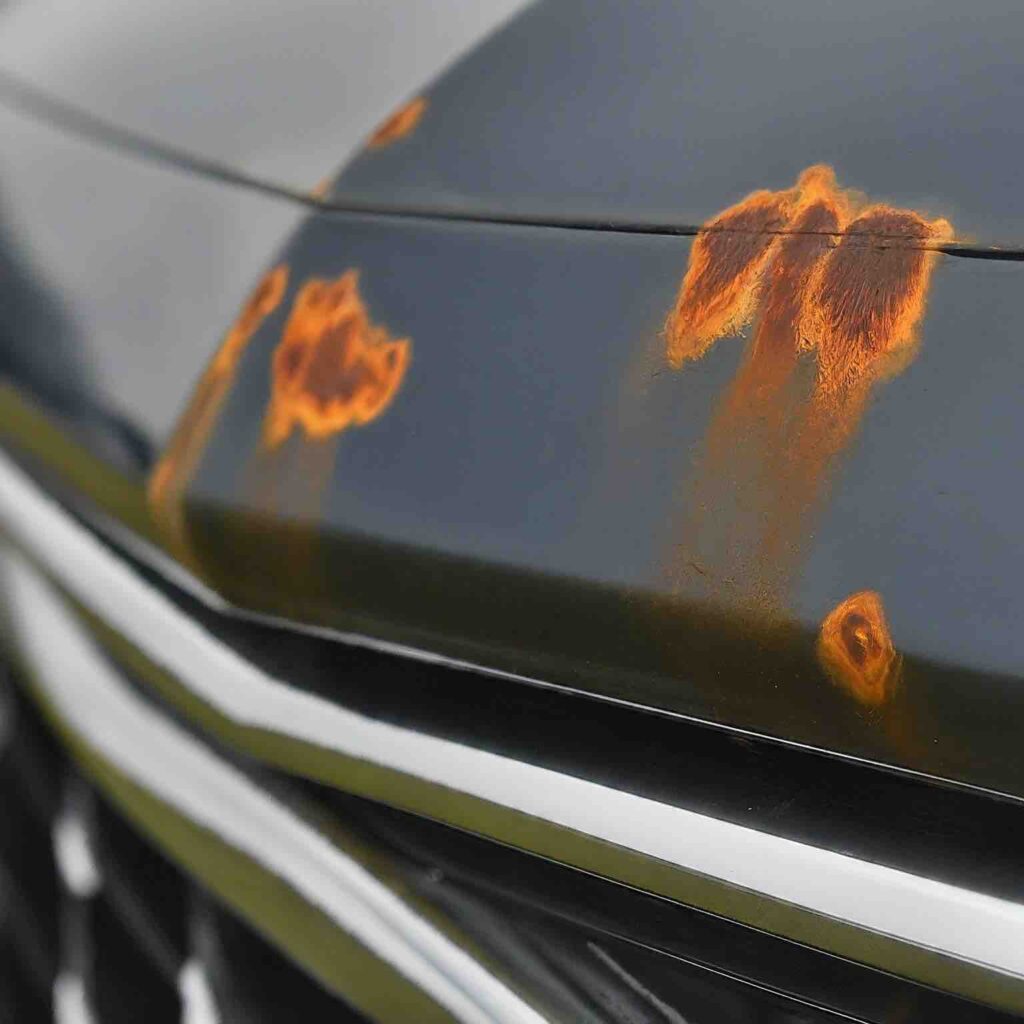
This insidious destroyer cares not for aesthetics alone but voraciously consumes strength and integrity.
Regular washes prompt attention to wounds in your car’s armour, and the blessing of undercoating is your armament against this relentless foe.

During the Winter
Wash your car at least twice a month to remove salt and other de-icing chemicals that cause corrosion.

For Coastal Areas
Salt from the sea air speeds up rust formation, so hose down your four-wheeled friend every week to prevent long-term damage.
Saline breezes, morning dew, and humidity eat away exposed metal parts, causing them to corrode and break faster.
When you give your car a bath, include the undercarriage to remove salt and protect the vehicle’s paint and metallic skeleton.
The Path to Salvation
In the realm of car ownership, the road to eternal grace from costly repairs and safety woes is paved with proactive maintenance. These “7 Deadly Sins” remind us that vigilance and care are not only acts of preservation but of empowerment.
A well-maintained vehicle is not just a chariot but a guardian, ensuring safe passage through the trials of travel. Consult the sacred texts in your owner’s manual to divine the specific maintenance decrees for your automobile.
How often do you check these points? Have you fallen prey to any of these deadly sins? Please share your thoughts in the comments section.


